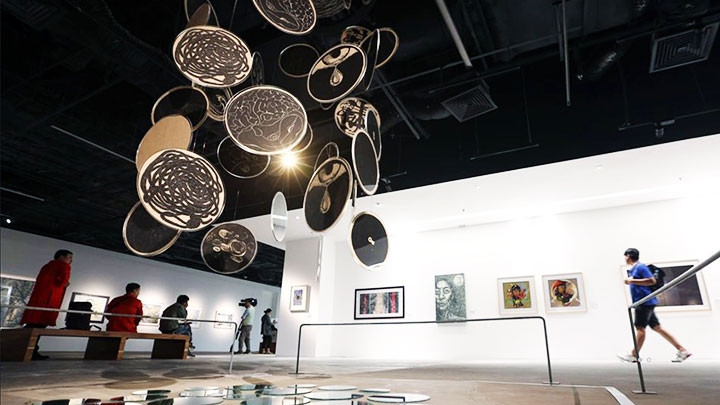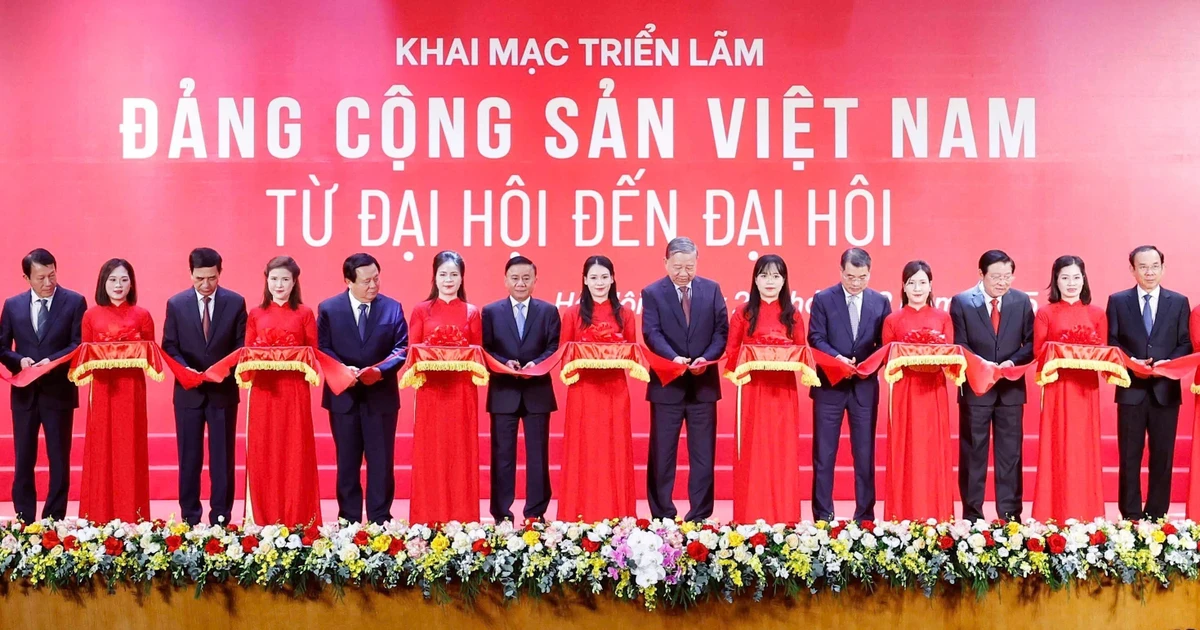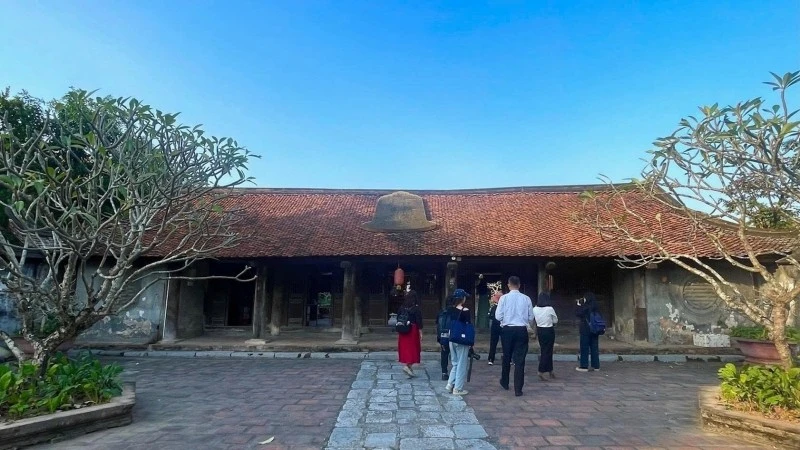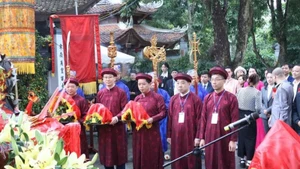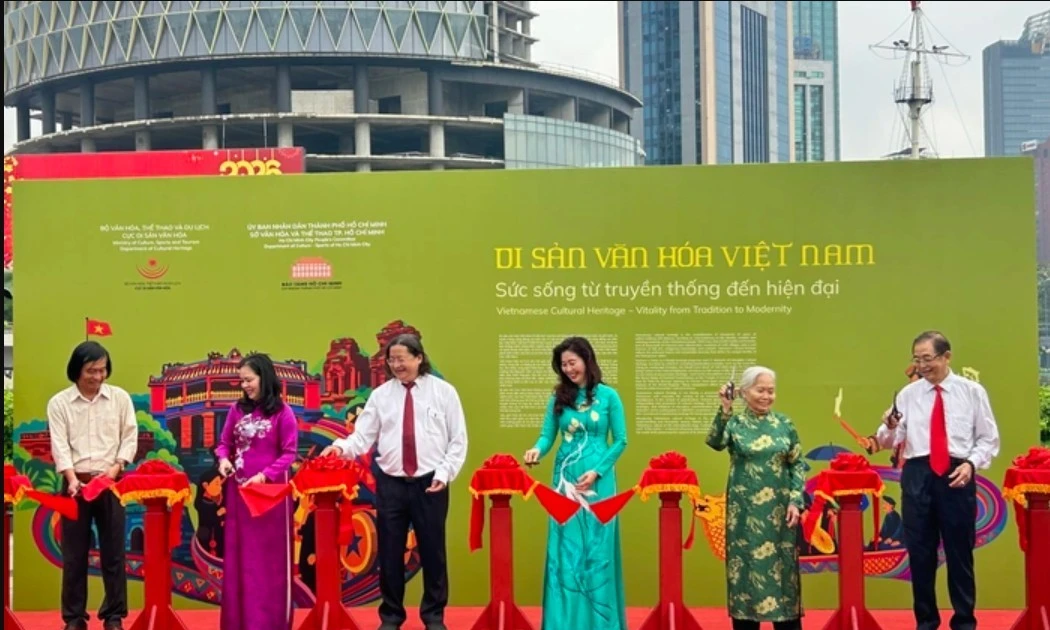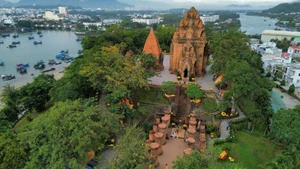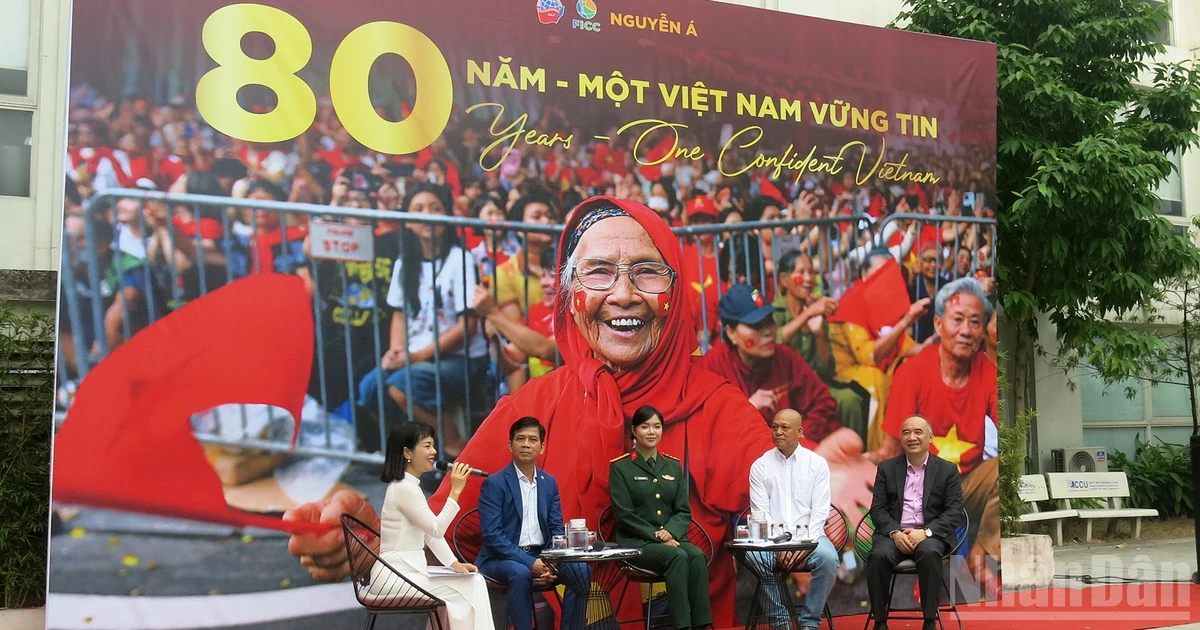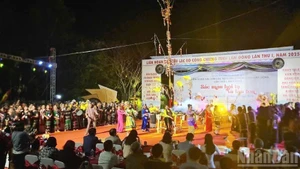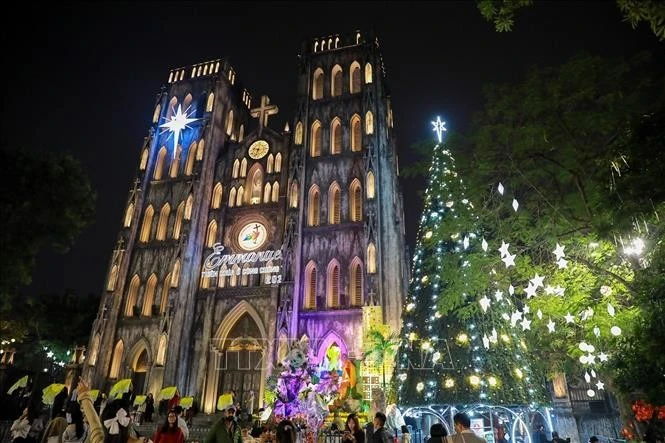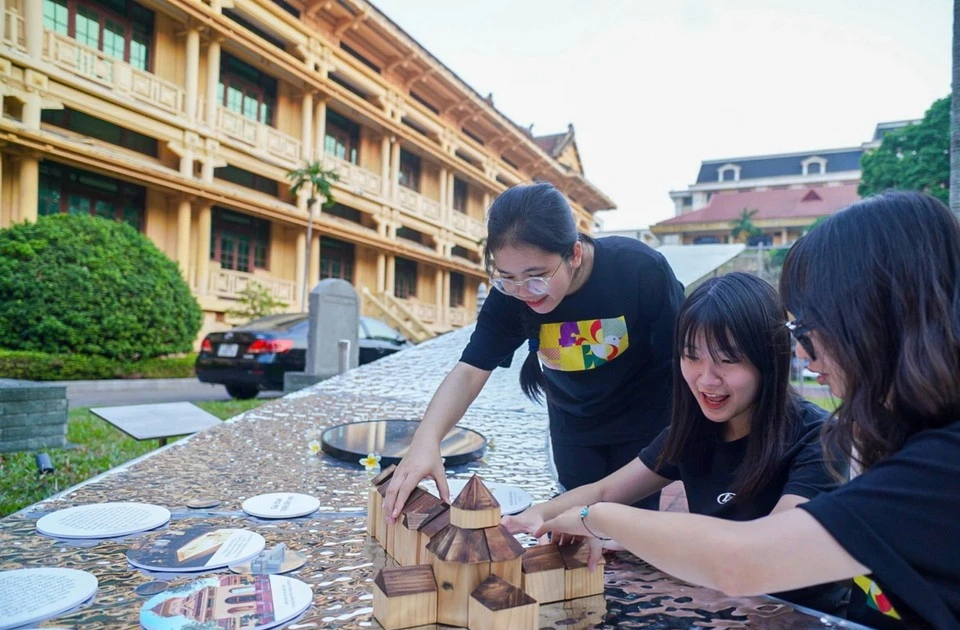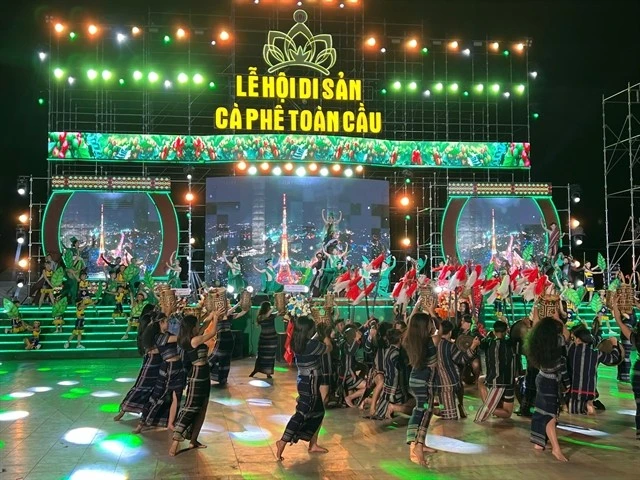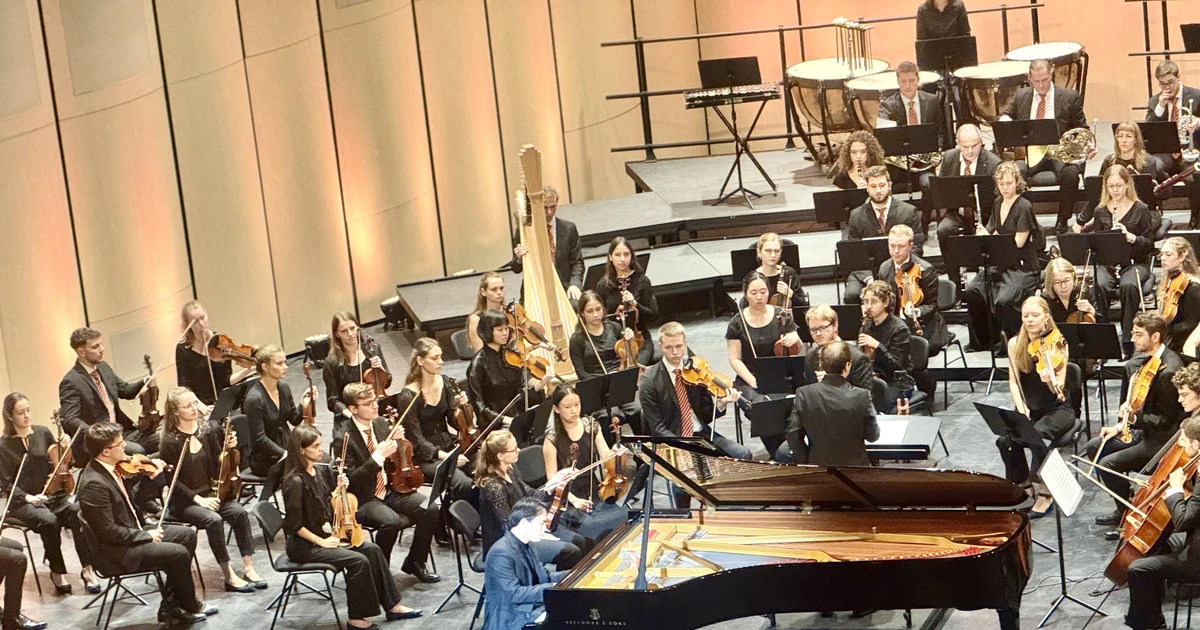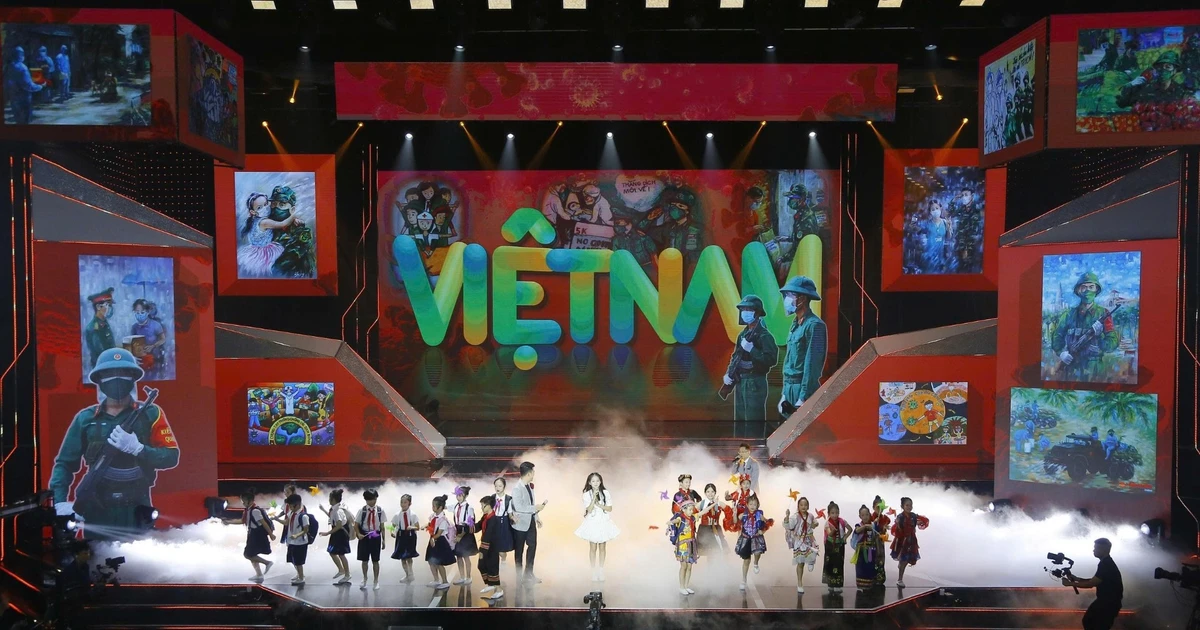Hopes for “dual goal”
According to the surveys and evaluation from the experts, air pollution and the lack of public spaces are two major issues causing frustration and reducing the quality of people’s life in Hanoi. The plan to move industrial facilities out of the city centre is expected to implement “dual goal” of reducing pollution levels while increasing public space for the city based on using parts of displaced factories for public and creative spaces.
In 2015, the Prime Minister issued Decision No.130/QD-TTg on the “measures and roadmap to relocation and the use of land fund after the relocation of industrial facilities, hospitals and universities, vocational training establishments and agencies out of the inner city”.
Under the decision, the third article defined that the use of land fund following the relocation will be prioritised for the construction and development of parking lots and social infrastructure works, towards reduction of waste for the city centre and assurance of the balance the needs of social and technical infrastructure and urban environment, it paved the way for the idea of converting the area of displaced factories for the development of public places. Accordingly, the initiatives will be encouraged.
Hanoi has another 92 industrial facilities that must be moved out of the inner city. Many factories and industrial clusters have a large area such as Ha Noi Beer, Alcohol and Beverage Joint Stock Corporation and Thuong Dinh Industrial Zone. In addition to being considered a burden for a modern city, these industrial establishments are also “heritages” imbued with images and emotions of the past not far away. On the (material) basis of these “memories”, new cultural values can be born. Following the clearance of old factories, the land fund will be used. This can be considered as a valuable resource in many aspects as they contribute to increasing public spaces for the city and embellishing the urban appearance while lowering pollution indicators and becoming the playgrounds for young artists. According to young artist Pham Thi Huong, one of the difficulties for young people ‘s starts-up in the field of art creation is the working space. Most of them are independent individuals or groups of artists. The cost of renting locations in central areas is often quite high. Therefore, creative spaces have become a practical support solution. This land fund will provide a fulcrum/foundation for culture and creative industry through the support for artists, creating spaces to introduce the arts, promote the products and stimulating the tourism’s development.
Good experiences from the world
The British Council defined the creative space as a real or online space that brings creative people together. It is a place for gatherings, sharing and supporting connection activities, business development and attraction of community in the fields of creation, culture and technology.
The development of art creation spaces is a solution to harmonise the relationship between the conservation and development as well as the maintaining and creation of identities for the city. Many urban areas have been transformed from dusty and polluted industrial cities into attractive tourist attractions and entertainment destinations thanks to the formation of creative spaces. We can learn from many good experiences from the world, especially the “Tobacco Factory Theatre” in Bristol, the UK. This creative space was formed from the renovation of a tobacco factory. After the recession, the factory was abandoned. Politician George Ferguson bought this old factory and encouraged artists to turn it into an art site. Under their hands, the former abandoned tobacco factory became vibrant and attractive.
With its rich "industrial heritage", Hanoi can learn from the way Bristol has done. After unsuccessful “fumbling” in Zone 9 a few years ago, Vincom Centre for Contemporary Art (VCCA), Phung Hung mural street, and the pedestrian space around Hoan Kiem Lake and Trinh Cong Son Street are good signals that prove that creative hubs will contribute to shaping the capital city’s identity in the near future.
